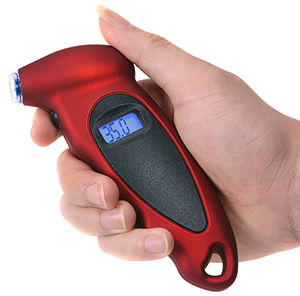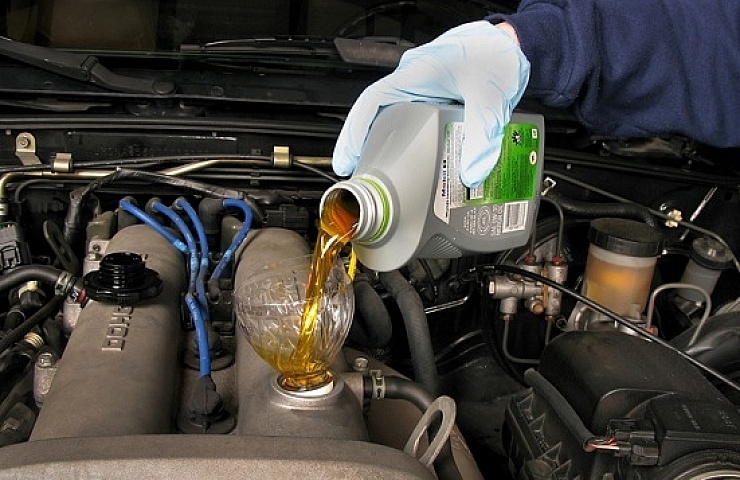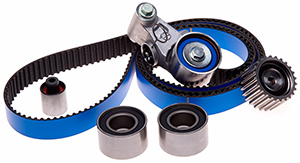While new cars require less maintenance than those from past decades, they are not completely worry-free. The days of replacing plugs, wires, and points every six months are in the rearview mirror. But to avoid expensive repairs down the road, we highly recommend these five easy and inexpensive regular maintenance procedures.
1. Change your oil and filter according to recommended intervals.
Oil is the lifeblood of the engine because it prevents internal friction from causing mechanical damage. About a third of the gasoline energy that goes into an engine is lost due to internal pumping losses that we notice as heat. That’s a lot of moving parts that can fail if the lubrication system isn’t working right. The proper grade and viscosity of oil are listed in your owner’s manual.
Also: Choosing the Best Motor Oil
2. Check tire pressure, rotate tires, and align wheels.

Also: Tire Pressure Tips
3. Clean and replace air and fuel filters.
The vehicle’s onboard computer doesn’t monitor dirt in the air and fuel filters. A clogged air filter restricts the amount of air entering the engine, affecting both engine power and fuel economy. A clogged fuel filter puts more stress on the fuel pump which may cause it to fail prematurely. You may also notice hard starts and reduced power going up an incline.
Also: Air Filter Change 101
 4. Replace the timing belt.
4. Replace the timing belt.
Replacing the timing belt at about 60,000 miles can prevent a roadside breakdown when an overly worn belt breaks. The timing belt located under the timing cover rotates the engine’s crankshaft and camshaft so the engine cylinders maintain the proper firing order. If the timing belt breaks, the car will stop running. In some cases, valves play tag with the engine pistons causing major engine damage. A worn timing belt can also cause detonation, leading to piston head damage and engine misfires.
Also: Avoid a Breakdown with a Belt Check
5. Replace the oxygen sensor at 60,000 miles.
The oxygen sensor in the vehicle’s exhaust stream tells the onboard computer how much air and fuel to feed into the engine according to driving conditions. The sensor is a potentiometer, so while it rarely fails completely, its operation becomes sluggish over time. When the O2 sensor slows down, the onboard computer can’t respond as quickly to changes in the engine’s air and fuel needs, affecting engine power and causing excess emissions.
Also: What Does the Check Engine Light Mean?


 4. Replace the timing belt.
4. Replace the timing belt.


